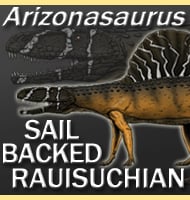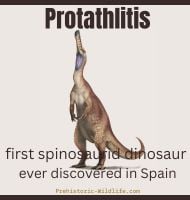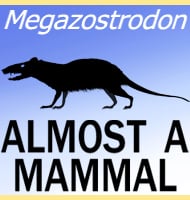In Depth
Akainacephalus is a genus of ankylosaur that lived in North America during the late Cretaceous. During this time, the central portion of North America was submerged by the Western Interior Seaway, carving North America into two landmasses; Appalacia to the East, and Laramidia to the West. Akainacephalus hails from the southern portion of Laramidia, and at the time of the genus description, is the best preserved ankylosaur from this area. Akainacephalus however was not the first ankylosaur discovered in this region, another ankylosaur named Nodocephalosaurus is also known. Both of these two genera are noted for having similar skull structure, though the original describers are confident in Akainacephalus being a distinct genus after testing between known skull elements of Akainacephalus and Nodocephalosaurus.
Additionally, both Akainacephalus and Nodocephalosaurus have skulls that appear to be more similar to Asian ankylosaurid genera such as Tarchia and Saichania than to those seen in other North American ankylosaurid dinosaurs that are known from the Northern portion of Laramidia. This reinforces the idea of species radiations between Asia and North America, but then this has also been indicated elsewhere. Both Asia and North America had similar kinds of late Cretaceous dinosaurs as one another, with remains of hadrosaurs, ankylosaurs, dromaeosuars, tyrannosaurs, ceratopsians and ornithomimosaurs amongst others known from both continents during same time periods.
Further Reading
- A new southern Laramidian ankylosaurid, Akainacephalus johnsoni gen. et sp. nov., from the upper Campanian Kaiparowits Formation of southern Utah, USA. - PeerJ. 6: e5016. - Jelle P. Wiersma & Randall B. Irmis - 2018.









